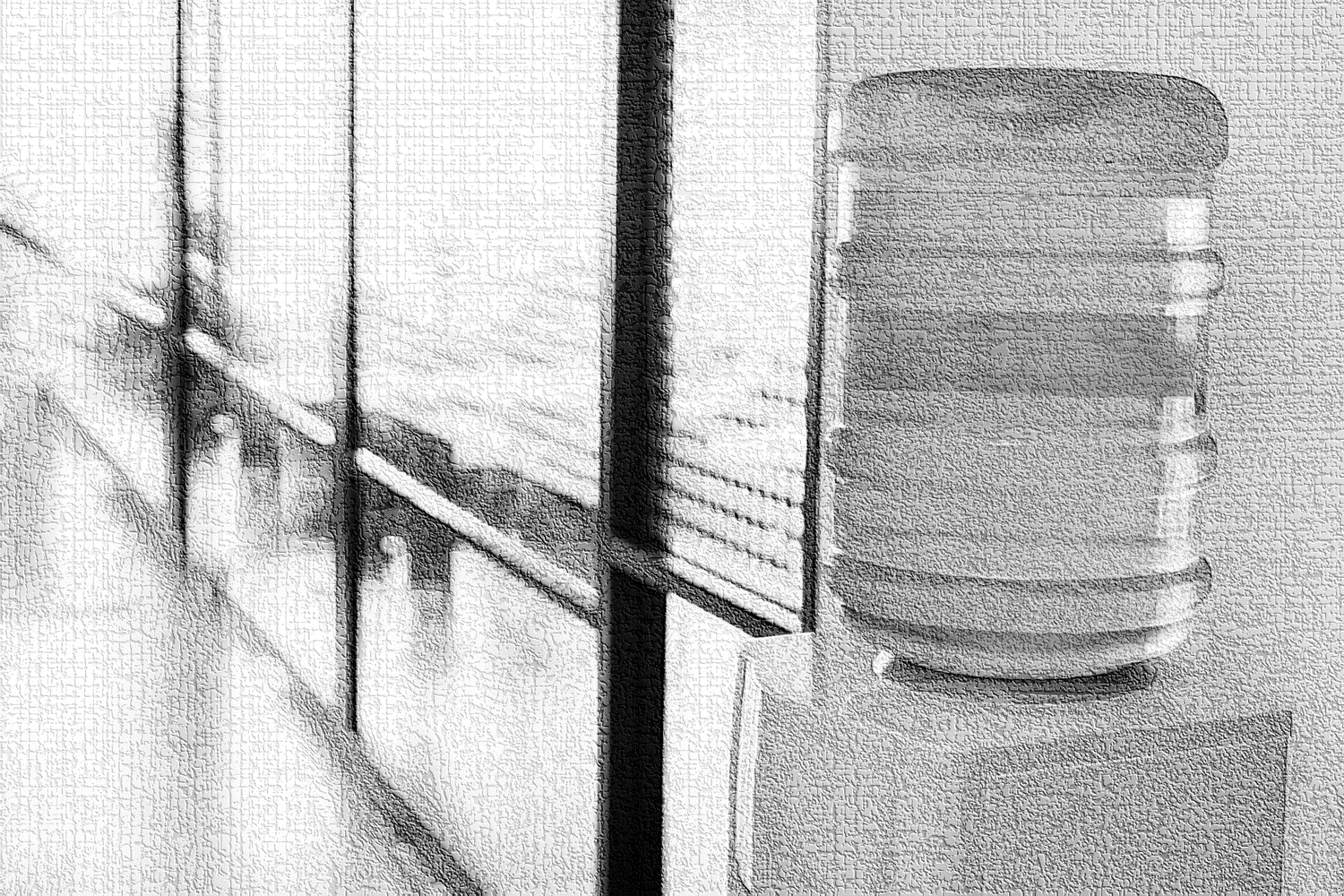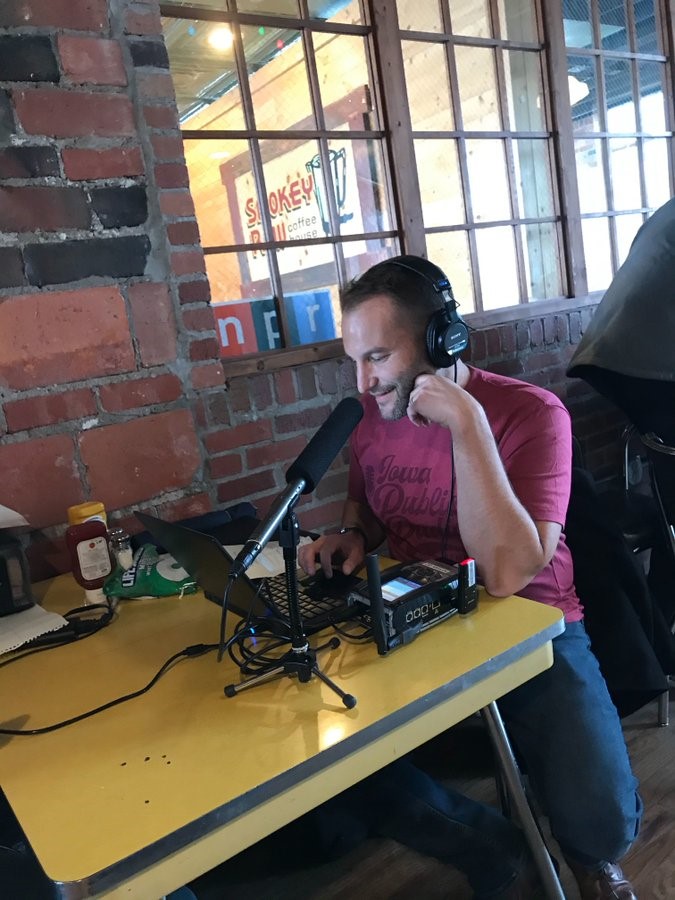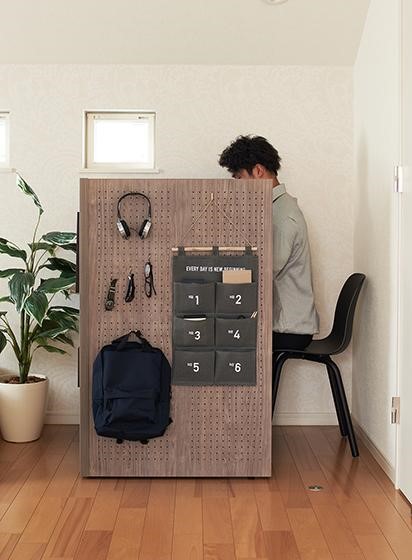
Ask any respectable morning show about the goal of today’s program, and they’ll tell you they’re trying to generate listener conversation, buzz – or better yet, “water cooler talk.”
But for the last six months, there hasn’t been a whole lot of gathering around the company kitchenette, hanging out in the lunchroom, or schmoozing by the water cooler.
Thanks to COVID-19 and work from home protocols, millions of workers across the country are still WFH – working from home. Those trivial conversations that routinely happened before the start of the workday or that first coffee break have been scaled back by the pandemic, if not extinct in many workplaces and offices that were once vibrant and energetic.
Today, many sit virtually empty or are being operated by skeleton crews.
And the same is true inside many radio stations, once bustling, crazy places where you never knew who you were going to run into – the morning show, a celebrity, a local politician, a visiting standup comic, or an excited listener coming to claim her prize. Today, a visit to many stations isn’t much different than touring a morgue.
Where is everybody?
They’re working from home, of course.
Or as we say for our on-air talent – BFH – Broadcasting From Home.

And that may not change anytime soon, especially in the bigger radio companies. That’s because one of the lasting effects of the coronavirus will be smaller physical radio stations with fewer employees and studios.
David Field explained his strategy to financial analysts on his recent earnings call two weeks ago. In a story in Inside Radio, he noted what many in radio have known for months – some of us are “highly effective” working in our pajamas and from our spare bedrooms.
David put it more eloquently than that, and noted that Entercom’s annual expenditures on real estate in 2019 was in the neighborhood of $70 million.
Smaller physical plants for radio clusters and more spartan office space could glean a huge annual savings – without productivity or quality being lost.
Not surprisingly, Inside Radio reported that iHeartMedia is studying the same question, taking a “good hard look” at its real estate outlay in the hope of looking for efficiencies – and less expense.

But at what cost?
And by that, I mean in the personal areas of camaraderie, gossip, and kibitzing with those of us who’ve been lucky enough to spend time in radio stations we know and love. Those moments now are fewer and farther between. And for some radio pros, they’re in the rear-view mirror with no chance of returning anytime soon.
I used to be able to walk into a radio station for the first time and tell you what kind of station it was by the hallway buzz. Was the station playing over the loud speakers (and in the restrooms), was there energy in the corridors, did the studios feel like special places where amazing things could happen on a daily, real-time basis?
Or did it feel like an insurance company? Sterile, bland, quiet, and unremarkable? Those were the stations I knew on Day One that needed more than just a music test and new clocks.
Alas, that measure of a radio’s station’s brand energy may be lost – forever.
Strange as it may seem, running into a salesperson in the hallways may be a thing of the past. Same with the HR and accounting folks. Pity the poor employee selling Girl Scout Cookies this year.
Work from home is a tonic for some, but toxic for others. After several months, those Zoom meetings have gotten old and tedious. Brainstorming sessions – both the organized and the impromptu ones – are exponentially more difficult when you’re not in the same room with your co-workers.
And trying to get work done with the distractions from kids, pets, and delivery people burns up a lot of brain cells and focus. Staying on task when your hours are constantly shifting becomes highly challenging, even if you’ve been at it for a while.
Some companies are trying to address a growing morale problem by trying to recreate those office festivities. The online retailer Zappos is trying all sorts of tactics to entertain its remote workers.
According to CNN Business reporter Kathryn Vasel, the company has planned more than 20 “virtual events” to keep that esprit d’corps going strong. This included sending out herb garden kits, and inviting employees to post their garden pictures on social sites.
virtual parades ✔️ DIY herb gardens ✔️ surprise gifts for pets (aka coworkers)✔️https://t.co/0QKXKtpM0n
— Zappos.com (@Zappos) August 20, 2020
Other Zappos activities have included 10-day family summer camp, as well as continuing to acknowledge work anniversaries, birthdays, and other milestones with snack and party boxes.
The Zappos HR team has also created virtual coffee get-togethers to facilitate employee interaction even in this WFH environment. But no water coolers.
Many companies report that when they’ve surveyed their employees, many say they’d be interested in a hybrid work situation that mashes up remote work with in-office days. A survey among radio employees would likely reveal some of the same things.

And then there’s Panasonic, stepping up with your very own WFH cubicle, available next month. According to CNET’s Corinne Reichert, the Komoru desk is one meter square, and can be had for $835.
The cubicle comes with perforated board, suitable for tacking up memos, photos, and other personal stuff that will make you feel like home…er, work.
Holy Dilbert. People would pay for a cubicle?
Panasonic describes this innovation as the ability to “create a space for concentrated work.”
It won’t replace that intangible spirit of hanging with co-workers, collaborating at the spur of the moment, celebrating a birthday in the break room, and experiencing life’s ups and downs with the people you used to spend more time with than your family.
It also will make it difficult for managers to identify those young “up & comers” – junior sales people and part-time DJs who are what we call “linchpins” – they hustle, and are always looking for new ways to learn and contribute. In our new WFH environment, these diamonds in the rough will be far less visible.
Over the years, I have heard so many in radio say, “It’s a people business.” But that may sadly be in the past. And not only will today’s radio pros never experience it quite the same way again, aspiring young broadcasters may never get a taste of it – period.
 That’s sad. But it’s also a sign of societal change that was inevitable. All of this was in the works, pre-pandemic. Some people were already working from home, but not to any great degree in the radio business. But like so many things, COVID has accelerated these changes that were formative just a few short months ago.
That’s sad. But it’s also a sign of societal change that was inevitable. All of this was in the works, pre-pandemic. Some people were already working from home, but not to any great degree in the radio business. But like so many things, COVID has accelerated these changes that were formative just a few short months ago.
And there may be no going back. Creating and growing a station culture may, in fact, become one of the biggest challenges that programmers, sales managers, and market GMs will have to grapple with.
Or it may become a lost art.
As for the audience, something is being lost in their community, too. And it may not be replaceable by any social media platform, no matter how big and viral it may be.
No water cooler.
No water cooler talk.
- What To Do If Your Radio Station Goes Through A Midlife Crisis - April 25, 2025
- A 2020 Lesson?It Could All Be Gone In A Flash - April 24, 2025
- How AI Can Give Radio Personalities More…PERSONALITY - April 23, 2025




Spike the water cooler. Remote works if the content & connection are there.
Good points, Clark, and thanks.
Fred, the good news?! All companies and markets are not created equal. Some of us live and work in areas that are “back to work” at both the office and home, so we are able to connect beyond simply zoom meetings. Precautions are in place.
Companies headquartered in NY or or other large Metropolitan areas cannot make those decisions locally and have to follow the “big city rules.”
For many of us, it is back to work as usual or as the “new” usual looks…having that personal contact has been amazing fuel for ideas and personal drive!
I know it’s situational, Scott. And you’re correct that the biggest markets are going to be hampered in many ways. Congrats on pulling off “workarounds” at a time when it’s especially important to connect with your staff.
There is nothing like the energy of live radio being made at a live radio station.
And you would know, Pam. When I think of a collaborative radio pro who thrives on the community in the building, I think of you. Crazy times, right?
I think the case could be made that instead of being a water cooler topic, radio could replace the water cooler entirely by being that voice bringing things up around the water cooler.
Of course, that means solid show prep that extends beyond reading the same liners you read every day. Let the talent do what it knows how to do best – entertain and inform. It helps if your talent is local and locally informed – maybe it’s time to stop relying on voice tracking from a thousand miles away.
Just my two cents….
Paul, much appreciated. Thanks for engaging on this one.
Video killed the radio star? Hardly, it was covid.
Really the end started slowly enough with the internet. Covid just sped up the suicide. Some people can pull off an entertaining pre recorded show, most seem dull or disconnected. But hey its cheap right? The ceo makes 125k a week. I get paid a pitance. Still on “furlogh” tho. I suspect we are fired but management doesnt want to go public. Honestly not even sure i want to go back. Lucky for me I have my own small entertainment business (mobile DJ). I have been noticing nobody under age 30 even listens to radio anymore. Even older folks have way more options than ever before. Radio has remained stagnant in my opinion. So sad to see main stream radios suicide.
Ron, I sympathize (maybe even empathize). I know it has not been an easy road for many on the talent side. It’s been just as challenging elsewhere in the industry. I don’t think the situation is as dire as you make it out to be. When the COVID smoke clears, we’ll know more about radio’s status in the lives of people. Thanks for the comment, and I seriously hope things get better.